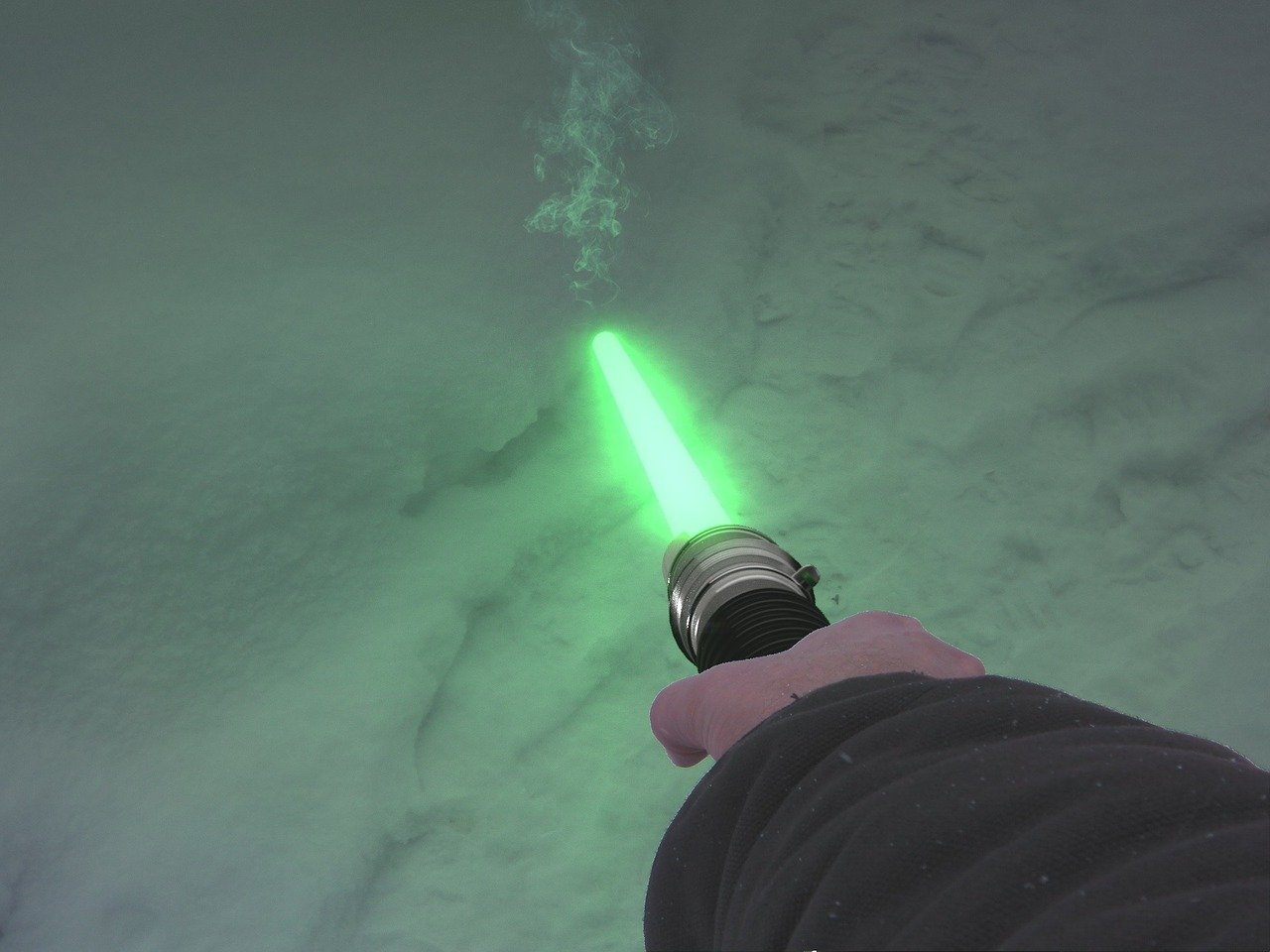One of DC Comics’ editors, Dick Giordano, wanted to explore the backstory of the most notorious Batman villain – the Joker. This has been done before (first in 1951), but Giordano wanted a fresh and more in-depth portrayal of Joker’s life before crime. He tasked his favorite writer, Alan Moore, and favorite artist, Brian Bolland, with this portrayal.
Together they produced The Killing Joke, released in March 1988, which was not only an instant hit but an enduring classic; one that shaped the following appearances of the Joker.
The Joker before the Joker
The story begins with Batman going to Arkham Asylum, in the present day, to talk to the Joker. However, he finds an impostor in his place. We’re then led to the real Joker who is negotiating to buy a fun fair. Suddenly, a word triggers an old memory of his and we’re presented with a flashback.
We find out that the Joker used to be a stand-up comedian who expected a baby with his wife, but struggled to support his family. He is portrayed as a gentle and loving husband, who turned to the mob in desperation. The mafiosos offer to pay him for access to the chemical plant. He agrees, but then the police tell him his wife died in an accident.
Unable to backtrack from the deal, the poor widower dons the Red Hood’s costume and enters the plant with the mobsters. There, he’s confronted by Batman who thinks he’s the real Red Hood, a wanted criminal, rather than the unwilling victim of circumstance that he is. Pressed by Batman to run, the comedian falls into the vat of chemicals and thus, he becomes the Joker.
This event is a reiteration of the Joker’s first origin story in Detective Comics #168. However, there are obvious differences. The Joker is the Red Hood in #168 and he intentionally jumps in the vat, which transforms him. Thereby, Moore decided to rewrite the Joker’s origin to pin the blame on Batman who is much more morally ambiguous in The Killing Joke.
The Joker in Present Day
The flashbacks we see in the comic appear alongside events in present day. Rather than buying the fun fair, the Joker simply kills the owner using “Joker venom”, another reference to his 1940’s roots by Moore. We also see him maim Barbara Gordon, depicted by Bolland very graphicly; a portrayal, which is still controversial.
Some wrongfully think of The Killing Joke as the humanization of the Joker, because they believe his tragic life somehow excuses his present-day actions. Those who hold this belief have inadvertently fallen into the Joker’s trap.
The reason why he attacked Barbara Gordon was to turn Commissioner Gordon to the “dark side” by showing how a single event, a day, as he calls it, is enough to turn anybody crazy. If fans believe this to be true by deciding to fully sympathize with the unfortunate life of the Joker, they prove his thesis.
Mirror Images

Moore doesn’t attempt to make the Joker likeable, but to make him more complex, and through this portrayal, to also question the morals and behavior of Batman himself.
Let’s go back to the first scene in the comics. Batman goes to the asylum to negotiate peace with the Joker. He gives a long speech about the passage of time and the lunacy of their conflict. The Joker says nothing. Batman keeps telling him that he wants to rehabilitate him. Again, no answer.
Slowly, Batman is losing his patience and eventually attacks the Joker (who is actually an impostor). This scene is very important to the plot as it shows the cracks in Batman’s otherwise immaculate character as the defender of justice.
Moore is famous for deconstructing the superhero genre and questioning the ethics of the established norm. Batman is presented as a vigilante with the potential to be violent and cruel, without thinking about the consequences of his actions. The fact that the Gotham police condones his ways also speaks of state-mandated injustice.
Moore bases the Joker’s transformation on his tragedy and his inadequacy to deal with it. Doesn’t Batman fight criminals every night in order to prevent another tragedy like the one he experienced when he was a little boy?
Indeed, Moore admitted that Batman and the Joker are mirror images; their psychological portraits mirror each other, and although their understanding of existence differs, there’s a lot more in common once you start interrogating their motives.
All this is tied in a beautiful bow at the end where the Joker tells his iconic joke about the madmen and instead of receiving one of Batman’s sarcastic or indifferent responses – he makes him laugh. Thus, equating them in the narrative as well.
Despite the happy moment they share, many believe that Batman kills the Joker in this scene. If that truly happened, then Batman embraced the Joker’s view on existence and finally became the villain he had the potential to be.
Conclusion
There’s no doubt that The Killing Joke is a one-of-a-kind addition to the Batman mythos, which, however, inspired many writers and directors that explored the troubled reality of Gotham.



